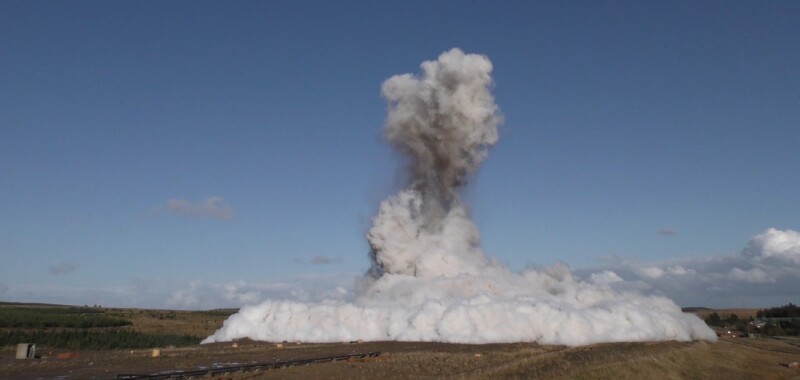The need to transport carbon dioxide (CO2) is expected to increase significantly in the years to come as part of the widespread view that carbon capture and storage (CCS) is a viable means to reduce CO2 emissions. Reliable transport from where it is captured to a storage site, therefore, is of utmost importance.
DNV has published new procedures designed to provide the required safety level in transporting CO2 by pipelines and strengthen the development of CCS projects. This follows the outcome of the CO2SafeArrest joint industry project (JIP) between Energy Pipelines CRC and DNV. The work has been supported by the Norwegian funding body CLIMIT and the Australian Commonwealth Government under the Carbon Capture and Storage Research Development and Demonstration Fund.
“We are seeing globally the drive from industry and governments to proceed with CCS,” said Hari Vamadevan, senior vice president with DNV’s Energy Systems business area, “and all major routes to successfully decarbonizing gas rely on the large-scale uptake of the technology.”
The updated recommended practice (RP), DNVGL-RP-F104 Design and Operation of Carbon Dioxide Pipelines, has been published based on results from the CO2SafeArrest JIP, resulting in a new empirical model for the assessment of running ductile fractures in CO2 pipelines.
The JIP involved two large-scale CO2 crack arrest tests being carried out on 24-in. pipelines to better understand the safety implications of CO2 releases. The testing was performed at the DNV research and development facility in the UK. DNV says the updated guidelines can also be used alongside its previously published standard for submarine pipeline systems.
“This RP gives guidance to the industry to contribute and ensure that safe and reliable operations continue to take place as CCS begins to scale worldwide. It also supports the fact that the repurposing of existing infrastructure can be carried out safely in the future,” Vamadevan said.
Transport of CO2 can be done through either the use of existing pipelines or the construction of new pipeline systems. The updated document supports both the design of new pipelines and the reuse of existing infrastructure by describing how to requalify pipelines for CO2 transport through various steps. Requirements for requalification is primarily identified through a change of medium in the pipeline, for example, from natural gas as in the original design to CO2.

